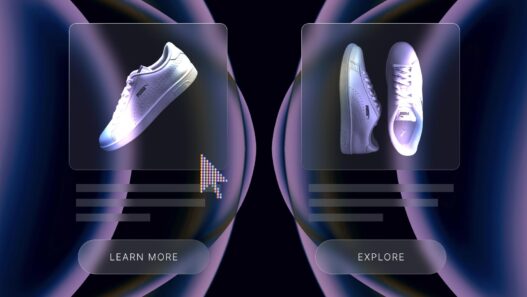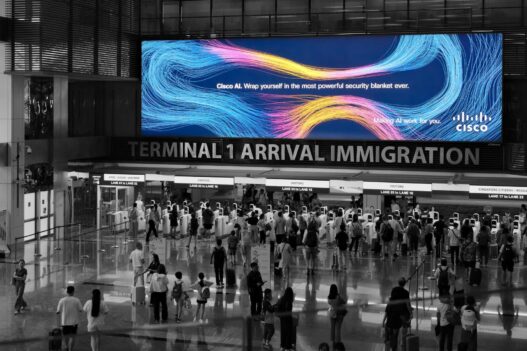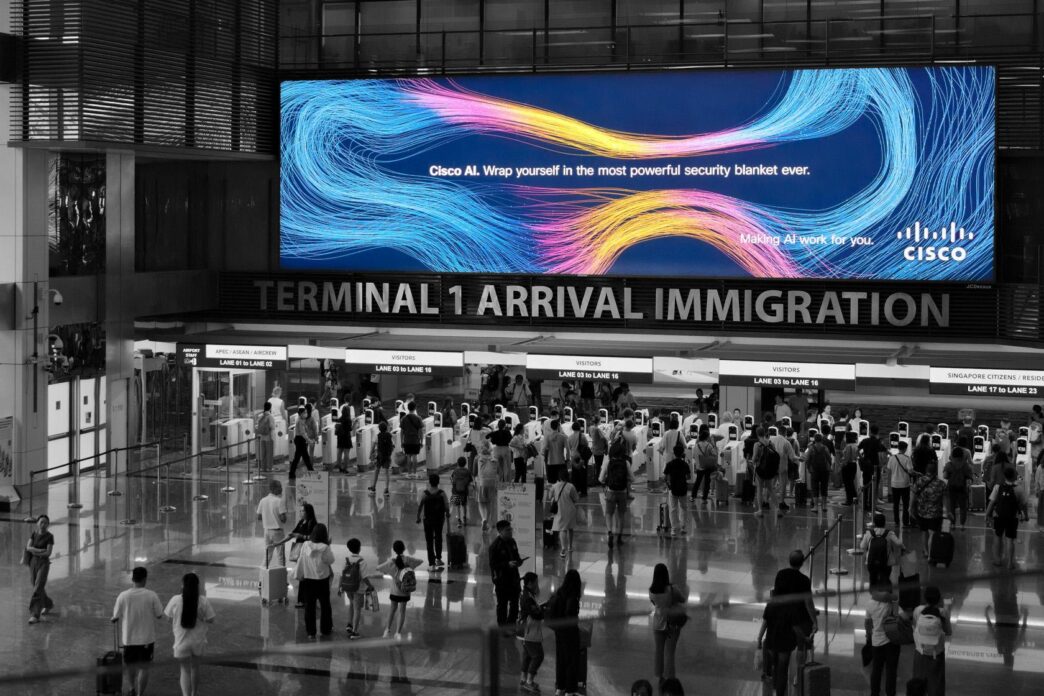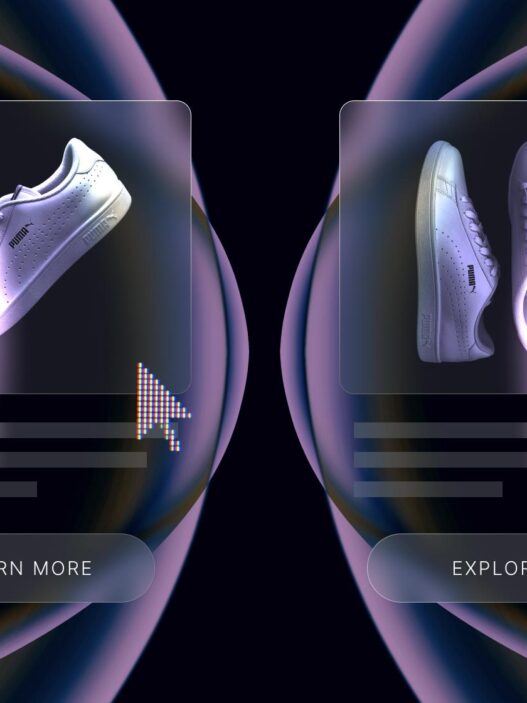When you think of outdoor advertising, what comes to mind? Static posters on a roadside billboard? A large decal plastered over a transit shelter? These traditional forms of out-of-home (OOH) advertising have served brands well for decades, offering unparalleled visibility in the physical world. But today, a digital revolution is reshaping this landscape, transforming OOH into a dynamic, data-driven powerhouse.
Enter Programmatic Digital Out-of-Home (pDOOH). This innovative approach modernizes outdoor advertising by combining the scale and reach of OOH with the precision and flexibility of programmatic technology. From digital billboards to mall kiosks, DOOH enables brands to connect with audiences in the physical world using real-time targeting and dynamic creative capabilities.
But what exactly is pDOOH, how does it work, and why is it gaining momentum among marketers? This post will explore how programmatic DOOH is changing the face of outdoor advertising, highlight its benefits over traditional media, and showcase real-world case studies that demonstrate its effectiveness. By the end, you’ll understand how pDOOH can elevate your marketing strategy and integrate seamlessly into your broader media mix.
What Is Programmatic DOOH?
Programmatic Digital Out-of-Home refers to the automated buying, placement, and optimization of digital outdoor advertising inventory via demand-side platforms (DSPs). Essentially, pDOOH applies the same principles of programmatic online advertising (like display or video ads) to OOH placements on digital screens.
Formats Used in Programmatic DOOH
pDOOH spans a variety of formats, including but not limited to:
- Digital Billboards along highways or in city centers
- Transit Displays in subway stations, bus stops, or onboard ride-share vehicles
- Retail and Mall Screens strategically placed near shoppers
- Airport Displays targeting frequent travelers
- Urban Digital Kiosks with touchpoints in high-traffic areas
By leveraging DSPs, marketers can purchase DOOH inventory in real time, optimize ad placement for specific audiences or triggers, and ensure seamless execution across various screen types.
How Programmatic DOOH Is Evolving
The shift from static media buys to programmatic DOOH is opening unprecedented opportunities for advertisers, thanks in part to advanced targeting capabilities, smarter integrations, and an explosion of available inventory.
Real-Time, Audience-First Targeting
Traditional OOH involved pre-planned static placements, often booked months in advance. Programmatic DOOH removes these long lead times, enabling real-time ad delivery based on factors like location, audience demographics, or external conditions.
Dynamic Ad Triggers
Modern pDOOH campaigns take targeting a step further, using triggers such as:
- Weather: Ads change based on real-time weather conditions (e.g., promoting iced beverages on hot days).
- Traffic Flow: Messaging adapts based on congestion levels or commute patterns.
- Time of Day: Ads can shift to reach morning commuters, lunchtime shoppers, or late-night revelers.
- Device Signals: Location data from mobile devices informs when and where ads are served.
These advanced triggers help brands deliver tailored messages optimized for maximum impact.
Smarter Measurement and Attribution
One significant drawback of traditional OOH was the lack of precise audience measurement. pDOOH addresses this with improved analytics powered by mobile location data and cross-device attribution. Marketers can now track foot traffic, measure brand lift, and tie OOH impressions to online behavior for a holistic view of ROI.
Benefits Over Traditional OOH
1. Speed and Flexibility
Programmatic DOOH eliminates the lengthy lead times associated with traditional OOH campaigns. Ads can go live within minutes, allowing marketers to respond to real-time changes quickly.
2. Smarter Targeting
Target specific audiences based on factors like geolocation, demographic data, or contextual cues. For example, gyms can advertise to fitness enthusiasts nearby or brands can target commuters leaving work during rush hour.
3. Creative Agility
Dynamic creative capabilities empower advertisers to tailor messaging to specific contexts or environments. Imagine a sports drink ad displaying hydration tips during a marathon or a retailer promoting rain boots when weather conditions change.
4. Efficient Buying
Unlike traditional OOH, where media is purchased as fixed placements, pDOOH allows brands to buy impressions. This ensures you only pay for valuable exposures, reducing media waste and improving ROI.
5. Omnichannel Integration
pDOOH fits seamlessly into broader digital campaigns. Coordinate your OOH ads with mobile, CTV, or social media to create consistent messaging across all channels.
Use Cases: Real-World DOOH Campaigns That Delivered
1. McDonald’s
McDonald’s leveraged weather data for dynamic food ads. Digital screens displayed iced coffee promotions on hot days and hot beverages when temperatures dropped.
2. British Airways
Dynamic billboards showcased flight data by interacting with passing planes in real-time. For example, the screen displayed the city from which a visible plane had departed.
3. Spotify Wrapped
Spotify lit up cities worldwide with their “Wrapped” campaign, using DOOH to display hyper-personalized listening stats, resonating with music fans through localized insights.
4. Nike
Nike’s fitness-focused ads targeted gym-goers, dynamically adjusting based on proximity to fitness centers and foot traffic trends.
5. Small Businesses
Local retailers and restaurants have tapped into pDOOH’s hyperlocal capabilities to promote time-sensitive deals, driving foot traffic precisely when it matters most.
Key Considerations for Brands Getting Started
To harness the power of Programmatic DOOH effectively, consider these steps before launching your campaign:
- Choose the Right DSP and Inventory Partners: Look for platforms that provide access to premium, relevant inventory.
- Align Creative with the Environment: Consider screen size, placement, and audience context to craft impactful messaging.
- Understand Targeting Options: Research available triggers like time, weather, or activity to tailor your approach.
- Budget for Flexibility: Invest in testing different strategies to refine performance over time.
Turn Outdoor Advertising Into a Digital Powerhouse
Programmatic DOOH combines the expansive reach of traditional OOH with the precision and flexibility of modern digital tools. For marketers looking to amplify their brand’s presence in the physical world, pDOOH offers an unmissable opportunity to stay innovative, flexible, and data-driven.
To remain competitive in today’s media landscape, integrating programmatic DOOH into your omnichannel strategy isn’t just an advantage; it’s essential. Begin exploring the potential of intelligent OOH campaigns to unlock new levels of engagement, efficiency, and relevance.



















